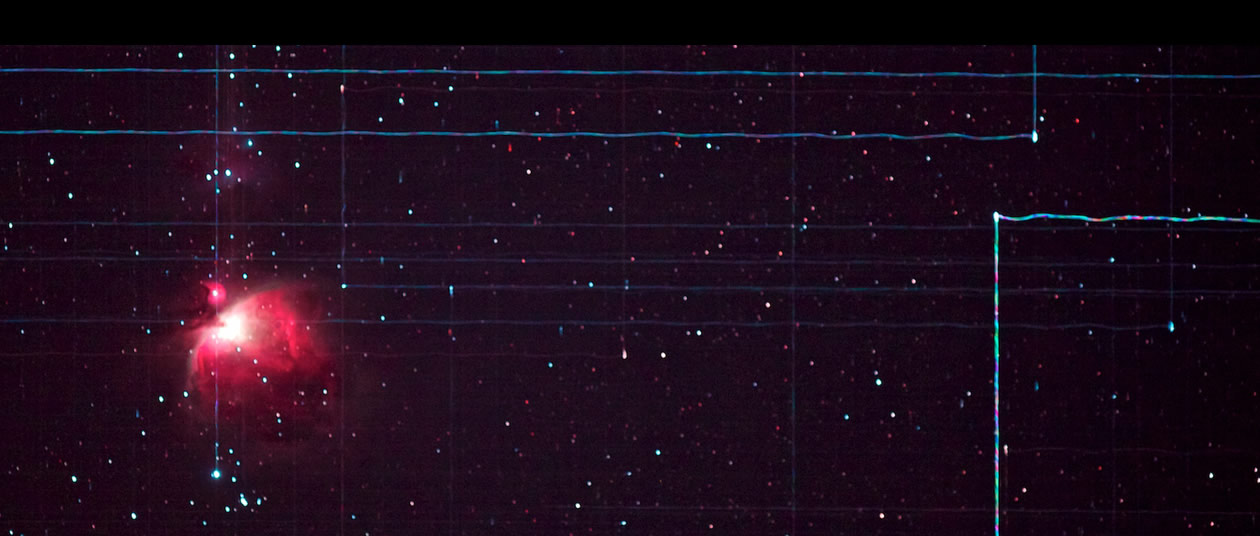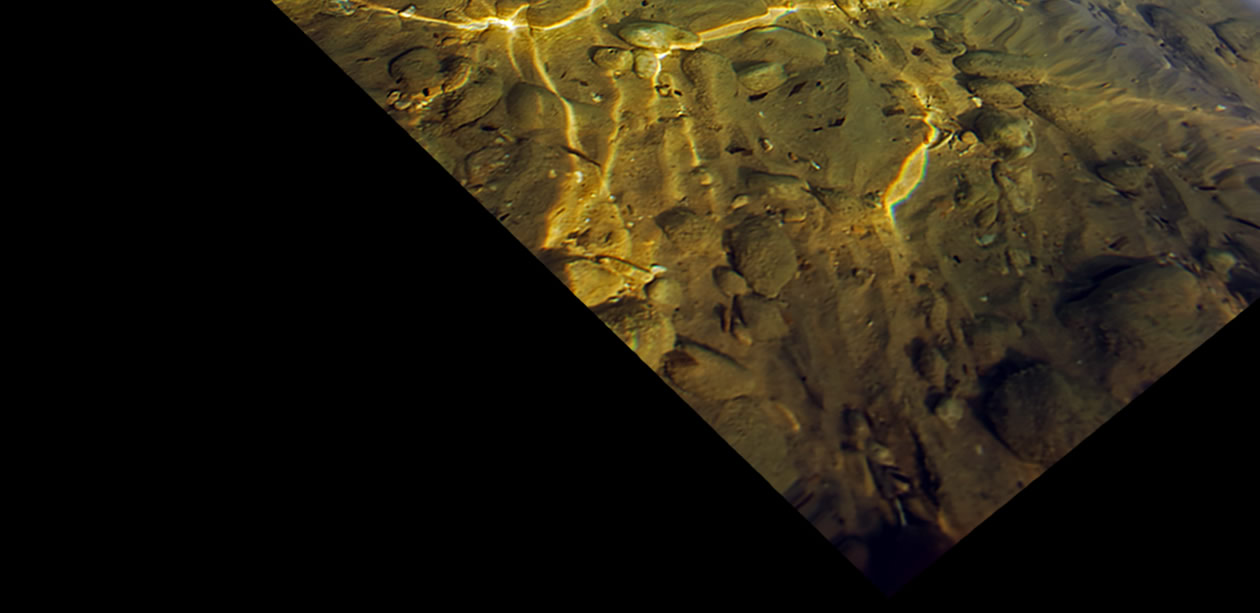 |
||||||
|
||||||
 |
Twinkling - Star Caustics? |
 |
||||||
|
||||||
 |

| About - Submit | Optics Picture of the Day | Galleries | Previous | Next | Today |
| Stars twinkle when seen through moving layers or pockets of air at different temperatures. Starlight passing across the layers is refracted and its course deviated in ever changing directions. Refraction is light wavelength dependent and twinkling stars often show colour in addition to brightness fluctuations. However, there is often rather more to twinkling than simple refraction. Some twinkling, not all, is the outcome of caustic surfaces sweeping and rippling across the eye as they move and intersect the ground level in an ever changing pattern. The varying network of bright lines on the bottom of a sunlit swimming pool or shallow sea (below) is closely analogous. The computed ray tracing at right shows an example of how light passing from a less dense medium (warmer air for example) via a wavy interface into a denser one (cooler air) is deflected. Stronger refraction than that od air was used to fit the rays on the screen! Some distance below the interface there are pairs of surfaces where two rays crossing each other cluster closely together. These are caustic sheets and they are regions of intense light. They produce a bright line where they intersect the ground as shown in the schematic at right. As a caustic sheet sweeps across the eye the star momentarily flashes very bright � it twinkles. Caustics differ from simple focusing effects. Caustics keep their form and remain sharp over a large distances. Lens effects give only a temporary brightness in a small volume of space. Next time stars are twinkling, imagine their caustic networks rippling over the ground like those below. That would be a photographic challenge. |
| Top: Starlight caustic sheets from a wavy warm-cold air boundary. Illustrative only - not to scale. |
| Right: Caustic sheets intersecting a shallow sea bed. Imaged by Rasid Tugral of Turkey. The optical processes are similar except that starlight probably passes through several refracting layers. |